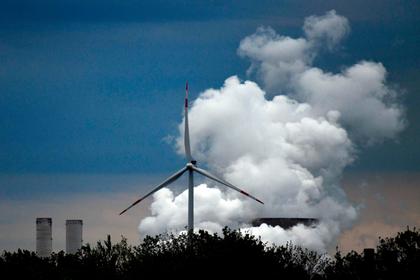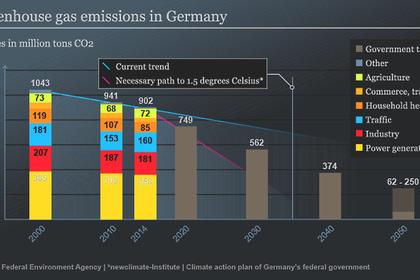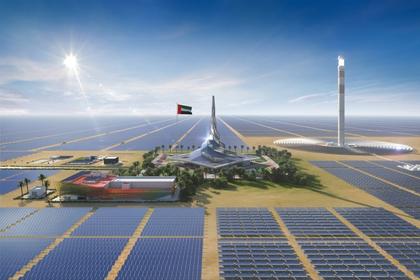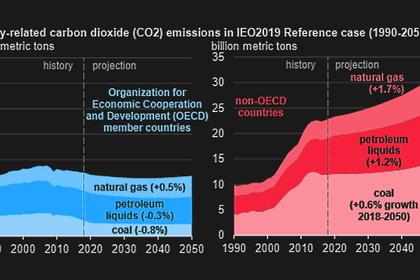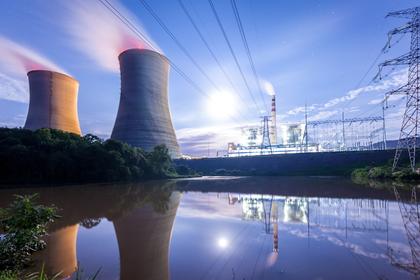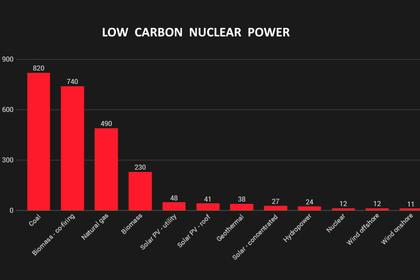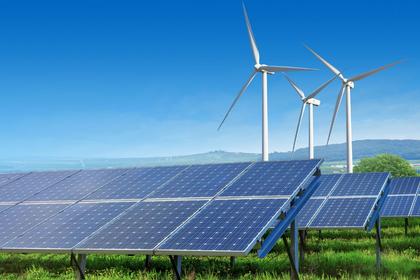
ENERGY TRANSITION FOR CLIMATE
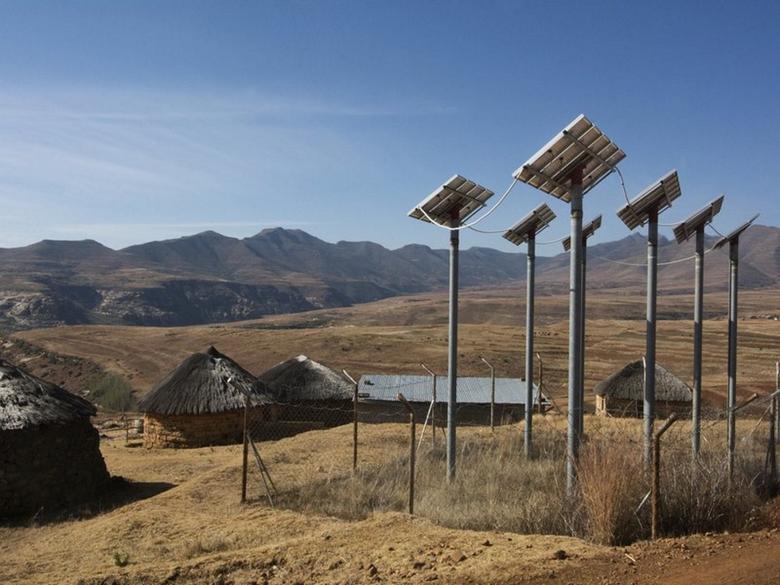
By Paul Hobcraft Innovation Knowledge Provider Agility Innovation
ENERGYCENTRAL - Sep 9, 2020 - If there is one report you have to read in the absolute disruption we are undergoing in the Energy Transition, it is one just released by Carbon Tracker entitled “Decline and Fall: The Size & Vulnerability of the Fossil Fuel System.
It stops you in your track at the enormity of the changes that will occur in the Energy System in the coming years. What we are witnessing today is only the tip of the Energy Transition iceberg.
Firstly, we must recognize the assets involved are huge, and as the energy transition continues in its switch from fossil fuels to renewables, the entire energy system gets increasingly disrupted.
Secondly, the implications investors and policymakers can lead to a choice between financial instability or begin to have a very clear, orderly phasing down of assets than trying to prop up unstainable assets. How are we going to manage such a transition to keep it fulfilling the energy need expected, all of the time?
To get the total picture provided in this report I have taken Carbon Trackers Executive Summary and reproduced it here with full acknowledgment this is their work, and all my intention here is to present their story.
The Carbon tracker executive summary tells the story unfolding and the full report you can download here gives the validation and thinking behind it.
Please read this, it presents a massive transition.
Executive Summary of “Decline and Fall: The Size and Vulnerability of the Fossil Fuel Systems” by https://carbontracker.org
The entire energy system is being disrupted by the move to the cheaper renewables from existing fossil fuels.
Just grasp the magnitude of disruption this switch away from fossil fuels to renewables and what assets are under threat from this report.
“The three main assets are the 900bn tonnes of coal, oil, and gas, valued by the World Bank at $39tn; supply infrastructure of $10tn and demand infrastructure (electricity, transport, and heavy industry) of $22tn; and financial markets with $18tn of equity (a quarter of the total), $8tn of traded bonds (half the total) and up to four times as much in unlisted debt.”
Of course, you can argue this is Carbon Trackers opinion as a team of financial specialists making climate risk real in today’s markets. Others will see it or argue it differently.
The existing Fossil Fuel lobby is a powerful one that has many supporters. It is like the climate debate there are so many “vested interests” but we are in need of facing some clear realities.
A short background to the existing energy system
The existing energy system is responsible for really high carbon emissions and releases of other harmful greenhouse gases. Our planet is getting warmer as a consequence. This need for as deep decarbonization is essential and an urgent move to low carbon or even net-zero energy system.
Carbon dioxide emissions represent three-quarters of greenhouse gas emissions, two-thirds of the remainder is methane, with energy-related Co2 (combustion of fossil fuels) and industrial process emissions making up over 80% of Co2 emissions and the remainder coming from land use, land-use change and forestry (LULUCF).
Our challenge is can we change from fossil fuels as the main sources of energy in hard-to-abate sectors?
Almost 45 percent of industry’s CO2 emissions result from the manufacturing of cement (3 GtonCO2), steel (2.9 Gton CO2), ammonia (0.5 Gton CO2), and ethylene (0.2 Gton CO2). In these four production processes, about 45 percent of CO2 emissions come from feedstocks, which are the raw materials that companies process into industrial products (for example, limestone in cement production and natural gas in ammonia production).
Feedstocks are really hard-to-abate by a change in fuels, they will require a more innovative approach to changes in the process. Fossil fuels generate high-temperature heat where some processes need to achieve 700 degree C to even over 1,600 degree C. The design of the system and the industrial processes are highly integrated and due to considerable investments have long lifetimes, perhaps up to 50 years. All of these hard-to-abate sectors are also commodity products and traded globally. The willingness to pay more or to change is a difficult one, it is not external financial considerations alone.
Another 35 percent of CO2 emissions come from burning fuel to generate high-temperature heat. The remaining 20 percent of CO2 emissions are the result of other energy requirements: either the onsite burning of fossil fuels to produce medium- or low-temperature heat and other uses on the industrial site (about 13 percent) or to drive machine (about 7 percent) (Source McKinsey)
Will external pressure bring about the required changes?
This research and report from Carbon Tracker will open up the debate further on how to align the financial system in the transition to a low carbon economy as the catalyst to bringing about change. To make this orderly change or face a series of disruptions unplanned or faced at points of crisis.
“Today we are witnessing the degradation of this one vital ecosystem we are all utterly dependent upon, our planet“
This energy transition is genuinely an ecosystem of epic proportions.
For me, the energy transition is the largest transformation we must undertake in decarbonizing the planet for achieving our reduced climate warming.
-----
This thought leadership article was originally shared with Energy Central's Energy Collective Group. The communities are a place where professionals in the power industry can share, learn and connect in a collaborative environment. Join the Energy Collective Group today and learn from others who work in the industry.
-----
Earlier:
